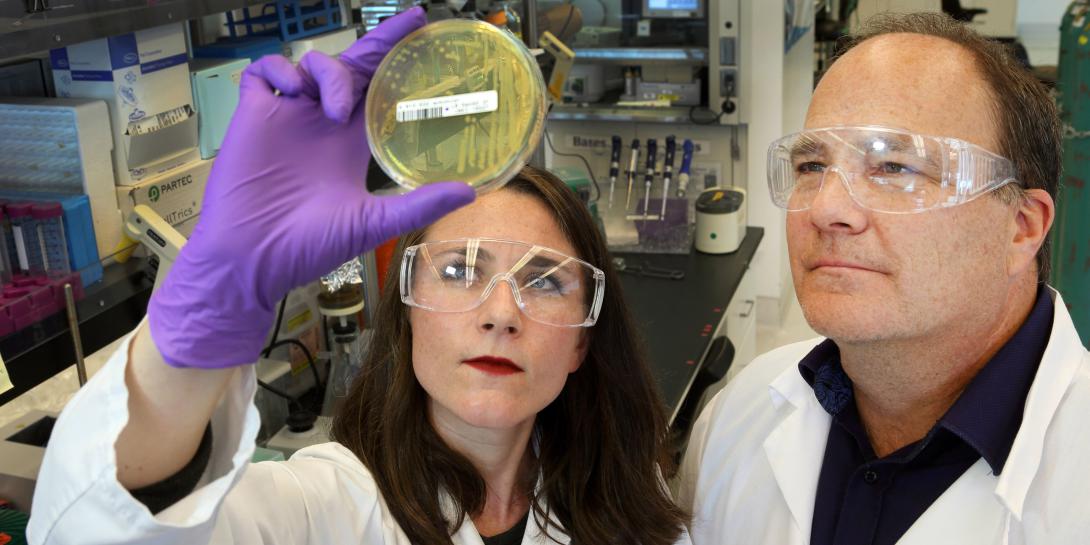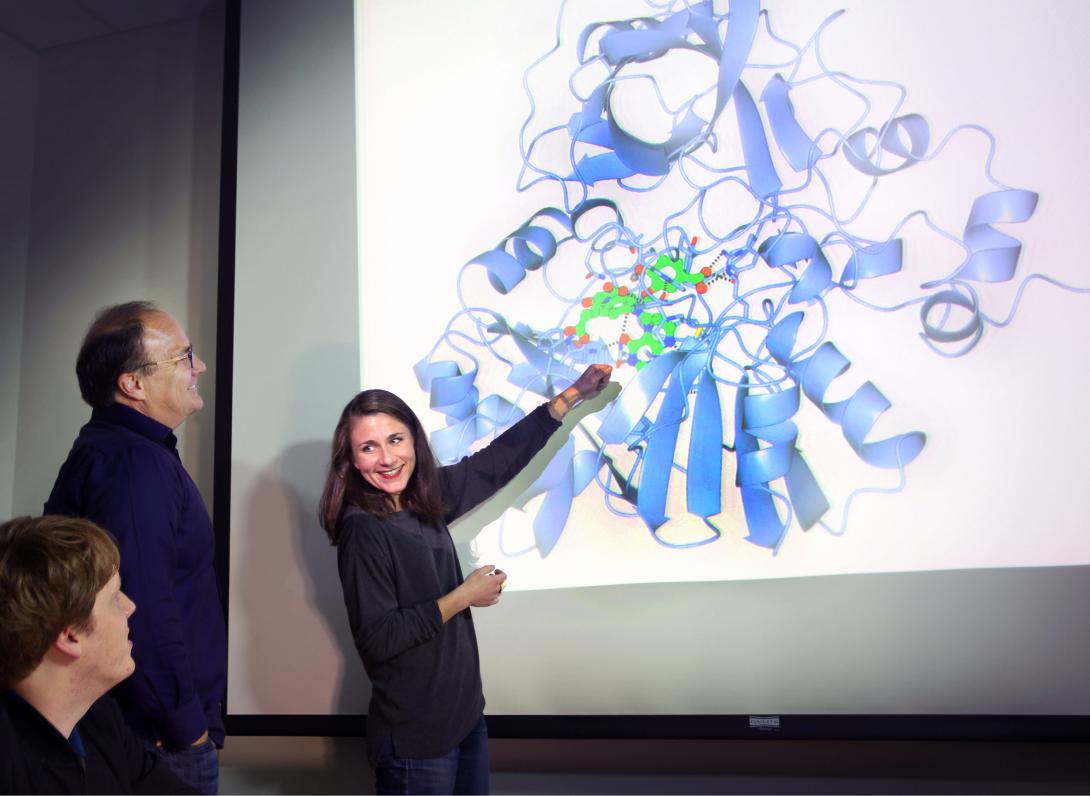Sandia National Labs Unlocks Potential of Waste
Sandia National Laboratories scientists have discovered the potential of biofuel waste and the competition it could bring for petroleum.
There is good waste and there is bad waste. Sandia National Laboratories found some very good waste.
Recently, scientists discovered the potential of biofuel waste and the competition it could bring for petroleum.
While fuel made from plants can cost more than petroleum-based fuel, using a product called lignin offers a cost-saving benefit. Lignin is plant waste left over from biofuel production. While it can be burned to produce electricity, often it is left unused due to lack of knowledge on how to convert it into useful products, such as renewable plastics, fabrics, nylon and adhesives.
Sandia scientists, working with researchers from Lawrence Berkeley National Laboratory at the Joint BioEnergy Institute, have decoded the structure and behavior of LigM, an enzyme that breaks down molecules derived from lignin, according to a Sandia news release. The enzyme doesn’t have much in common with other well-known and understood proteins, which made it difficult for scientists to figure out how it functions.
A research team led by Sandia scientist Amanda Kohler focused on LigM, an enzyme used by Sphingomonas, because it performs a key step in the conversion of lignin derivatives and it is the simplest of the known enzyme systems that performs this function. The group’s work appears in the latest issue of the Proceedings of the National Academy of Sciences.
Half of LigM’s structure contains a common protein structure found in all forms of life, from bacteria to humans, researchers noted. The group’s use of the lab’s Advanced Light Source synchronoton, high-performance computing and fundamental biochemistry led to the LigM breakthrough.
It is important to understand that LigM is designed to break down lignin derivatives, not lignin itself, according to the Sandia statement. LigM’s function is only one key step in a longer pathway of reactions needed to fully deconstruct lignin.
Additional research focuses on finding other organisms, possibly fungi, that can break large lignin mass into smaller fragments.
“There is still work to be done to figure out the whole reaction pathway,” Kohler says in a statement. “But now we have a much-needed understanding of a key step in this process and are developing enzymes to fit our end goals of lowering the cost of biofuels by making products from lignin.”






Comments